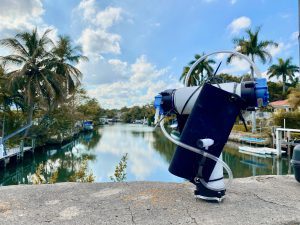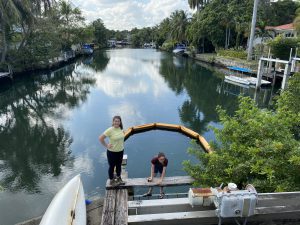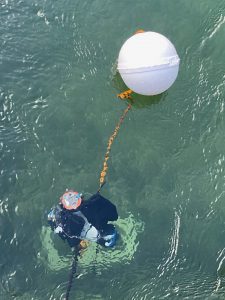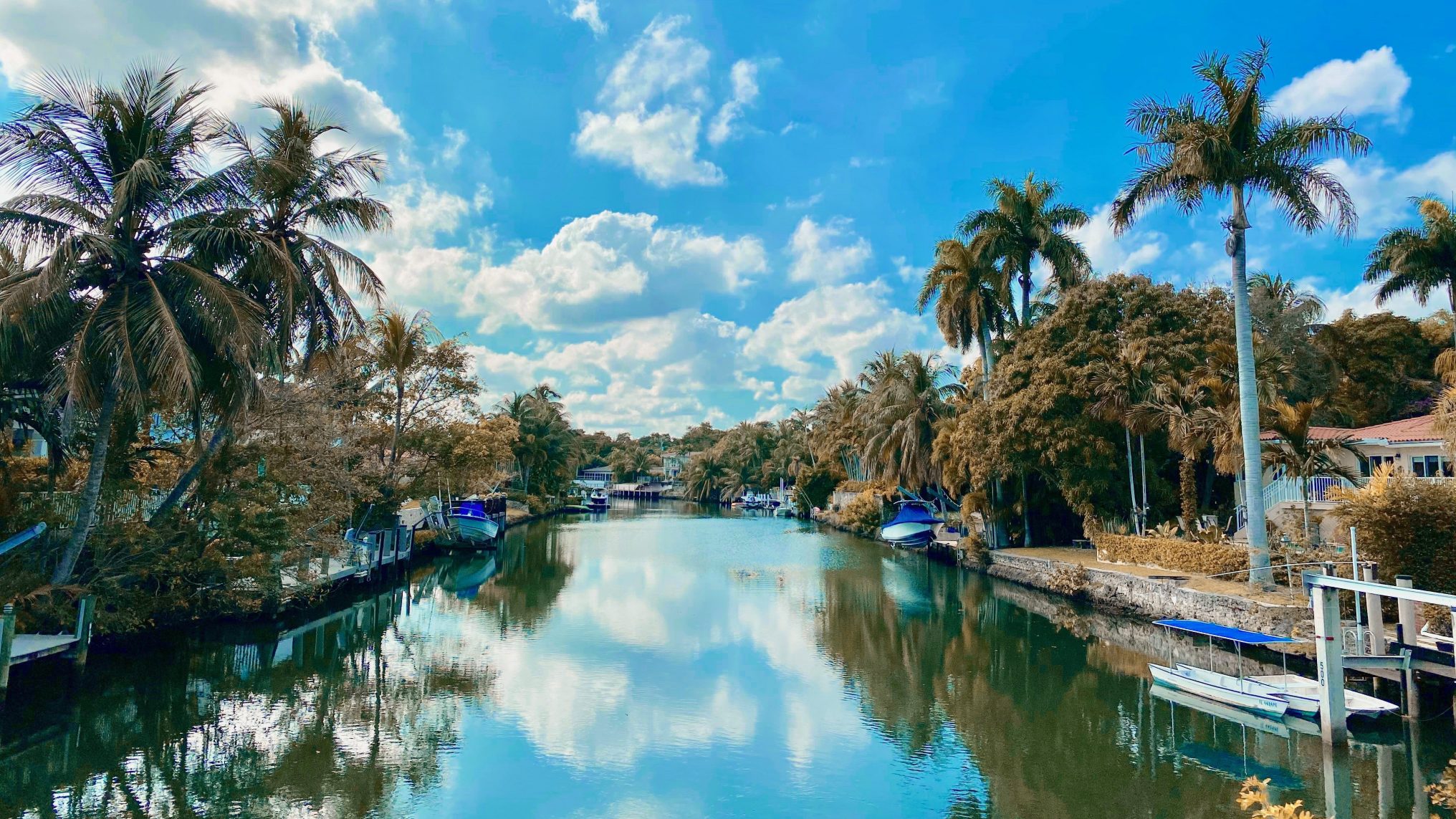AOML scientists are collaborating with partners from the Northern Gulf Institute of the University of Mississippi, and the University of Miami’s Cooperative Institute for Marine and Atmospheric Studies to tackle increasing nutrient levels throughout Biscayne Bay. A previous study detected the slow but steady eutrophication and warned of a regime shift towards murky algal dominated waters if better water quality management practices were not implemented.
Our scientists are using Sub-surface Automated Dual Samplers (SAS), technology which was developed in-house by AOML scientists, to collect samples for water quality analyses of the Coral Gables Waterway, which provides an important source of freshwater into Biscayne Bay. Each sampler is equipped with two pumps and a small computer which allows scientists to program them for remote sampling. Currently, the SAS are deployed at seven locations along the waterway, with the goal of implementing the samplers at a total of 14 target sites. The measurements taken using the samplers will be used to calibrate a computer model that will identify how and when nutrient-rich waters are entering the bay.

This study is conducted as a part of the Biscayne Bay Habitat Blueprint Project which aims to learn more about how increased nutrients entering the bay are affecting the ecosystem. Biscayne Bay provides an important habitat in South Florida but has been degraded over the past decade due to harmful algal blooms which trigger massive seagrass die-offs and shifts in overall water quality.
“If we can understand where the initial nutrients come from, then we can better plan to mitigate and hopefully eliminate the sources of runoff pollution that contribute to worsening water quality in Biscayne Bay”, Charline Quenée, a CIMAS ecologist participating in the field effort.


